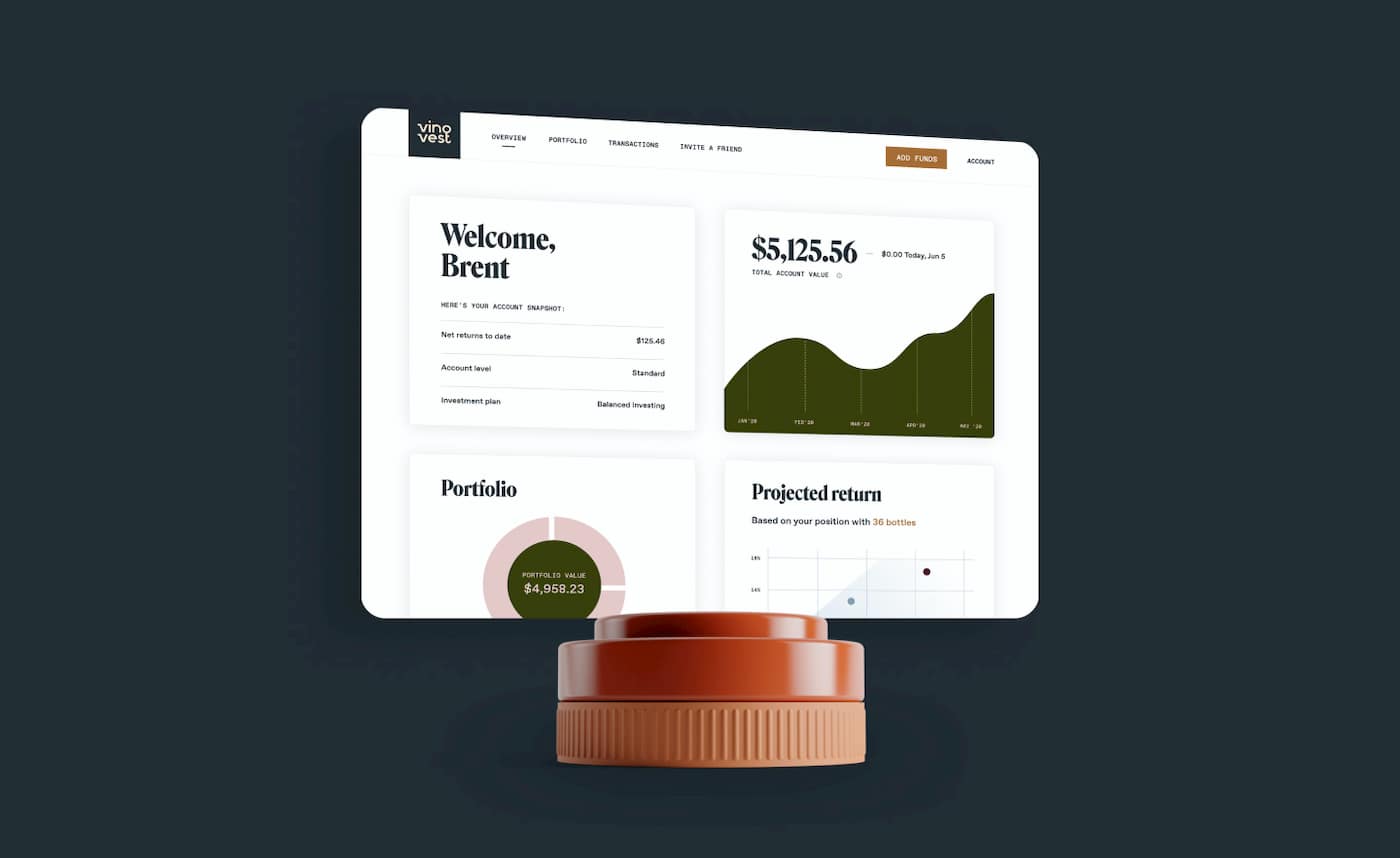

Finance
Pick-Up Tax Definition
Published: January 8, 2024
Learn the tax definition of pick-up, a term commonly used in finance. Understand its implications and how it affects your financial situation.
(Many of the links in this article redirect to a specific reviewed product. Your purchase of these products through affiliate links helps to generate commission for LiveWell, at no extra cost. Learn more)
Understanding Pick-Up Tax Definition: Exploring the Crucial Aspect of Finance
Welcome to the “Finance” category of our blog, where we dive into various topics related to personal finance, investments, and taxation. In this blog post, we will shed light on a fundamental concept in finance known as the Pick-Up Tax Definition. Understanding this concept is essential for anyone seeking to navigate the complex world of taxation and make informed financial decisions.
Key Takeaways:
- Pick-Up tax refers to a type of tax levied on individuals or entities that receive income from investments, typically in the form of dividends or capital gains.
- This tax is often applied at the state level and complements the federal income tax, adding an additional layer of taxation.
What is Pick-Up Tax?
Now, let’s delve deeper into the definition and mechanics of Pick-Up tax. At its core, Pick-Up tax refers to a type of tax imposed on individuals or entities who receive income from investments such as stocks, bonds, or mutual funds. The main sources of this income are dividends and capital gains.
Typically, Pick-Up tax is levied at the state level and acts as a complement to the federal income tax. It is important to note that not all states implement this type of tax, so its applicability varies depending on your residence or where the investment income was generated.
As an investor, you should be aware of Pick-Up taxes when considering the tax implications of your investments. Understanding how much tax you may owe can help you make better decisions regarding portfolio allocation and potential tax-efficient strategies.
How is Pick-Up Tax Calculated?
The calculation of Pick-Up tax depends on the specific state laws and regulations in place. While the exact methodology may differ between states, they generally follow a similar framework. Here are some common factors that influence Pick-Up tax computation:
- Tax Rate: Each state determines its tax rate for Pick-Up tax, which may be based on a progressive or flat-rate system.
- Income Thresholds: Some states may have income thresholds for this tax, meaning that individuals or entities with income below a certain limit might be exempt from payment.
- Type of Income: The tax rate may vary depending on whether the income is derived from dividends or capital gains.
It’s worth noting that the rates and rules relating to Pick-Up tax can change over time, so staying informed about the latest developments in your state is crucial.
Claiming Pick-Up Tax Deductions
While Pick-Up tax is an additional layer of taxation, individuals may be able to claim deductions on their federal income tax returns to offset the amount paid in Pick-Up tax. These deductions can help reduce your overall tax liability.
To determine eligibility for deductions, consult a tax professional or refer to the guidelines and regulations set forth by the Internal Revenue Service (IRS). They can provide valuable insights on how to navigate the intricate landscape of tax deductions.
In Conclusion
As we conclude our exploration of the Pick-Up tax definition, we hope this blog post has shed light on this crucial aspect of finance. Understanding the mechanics of Pick-Up tax and its potential effects on your investment income allows you to plan and manage your finances more effectively. Remember, tax laws can be complex, so seeking guidance from a tax professional is always beneficial.
Stay tuned for more insightful blog posts in our Finance category, where we continue to explore various topics that empower you to make informed financial decisions.














